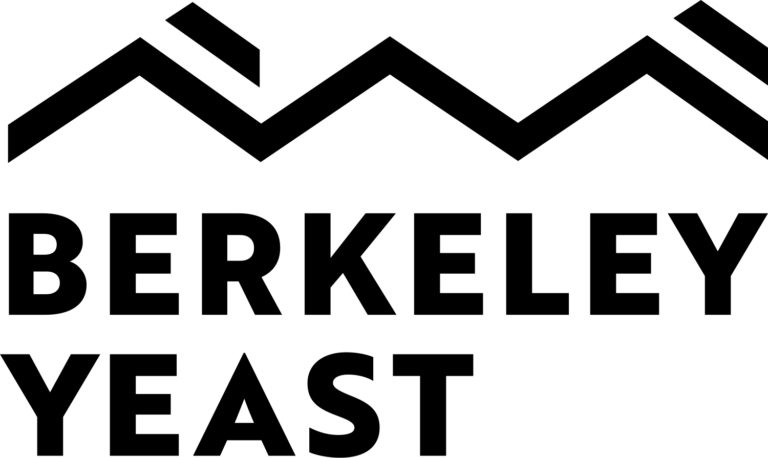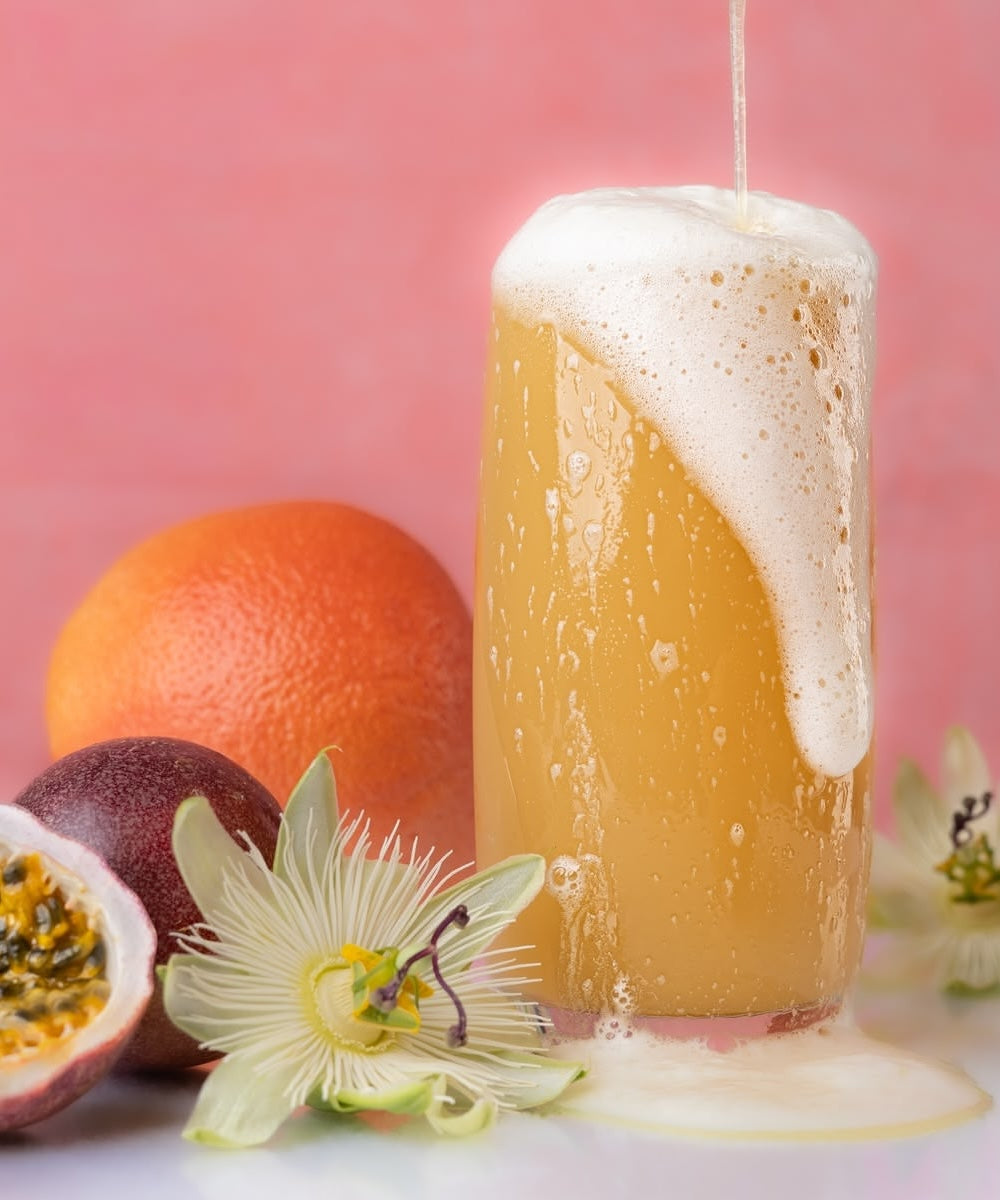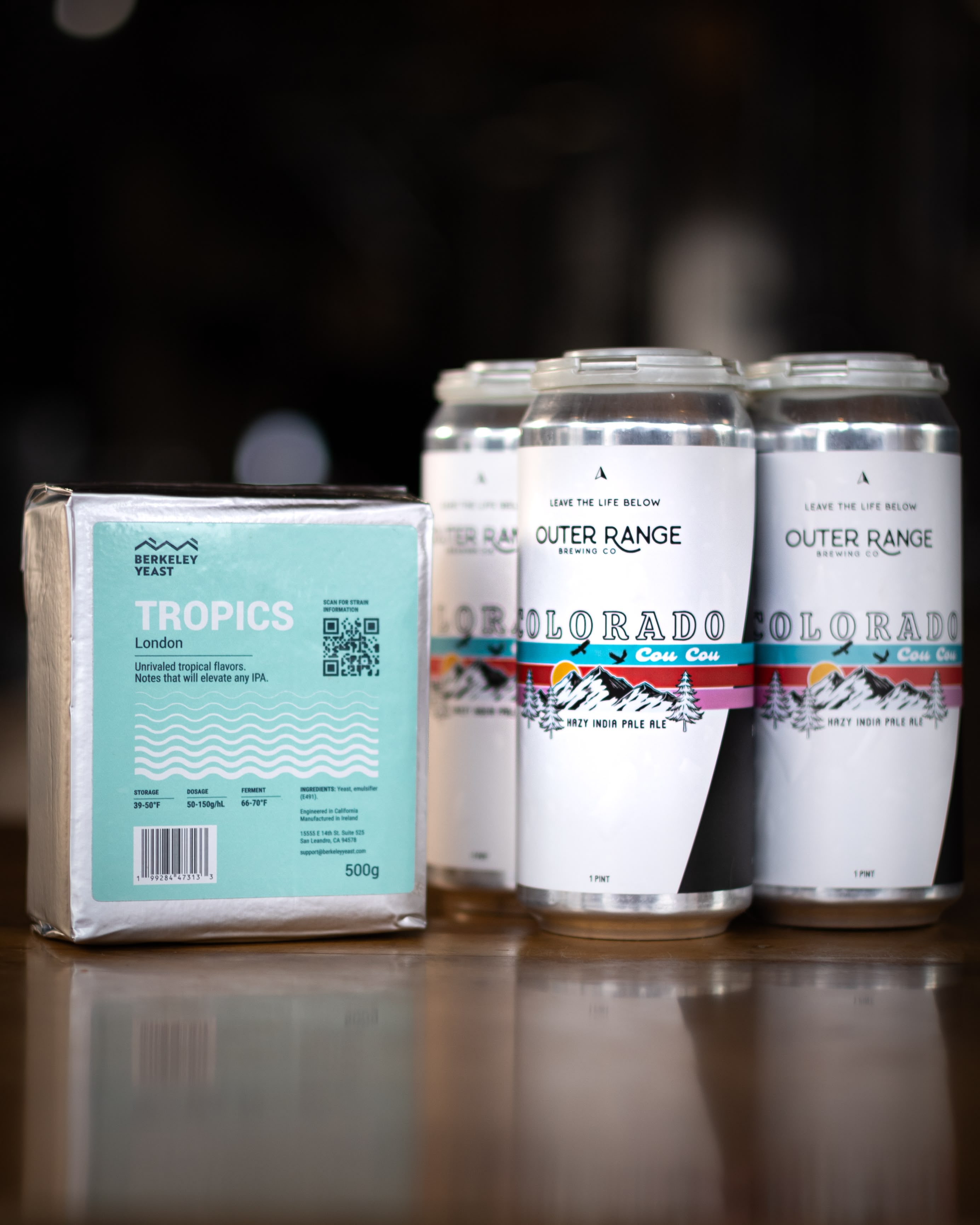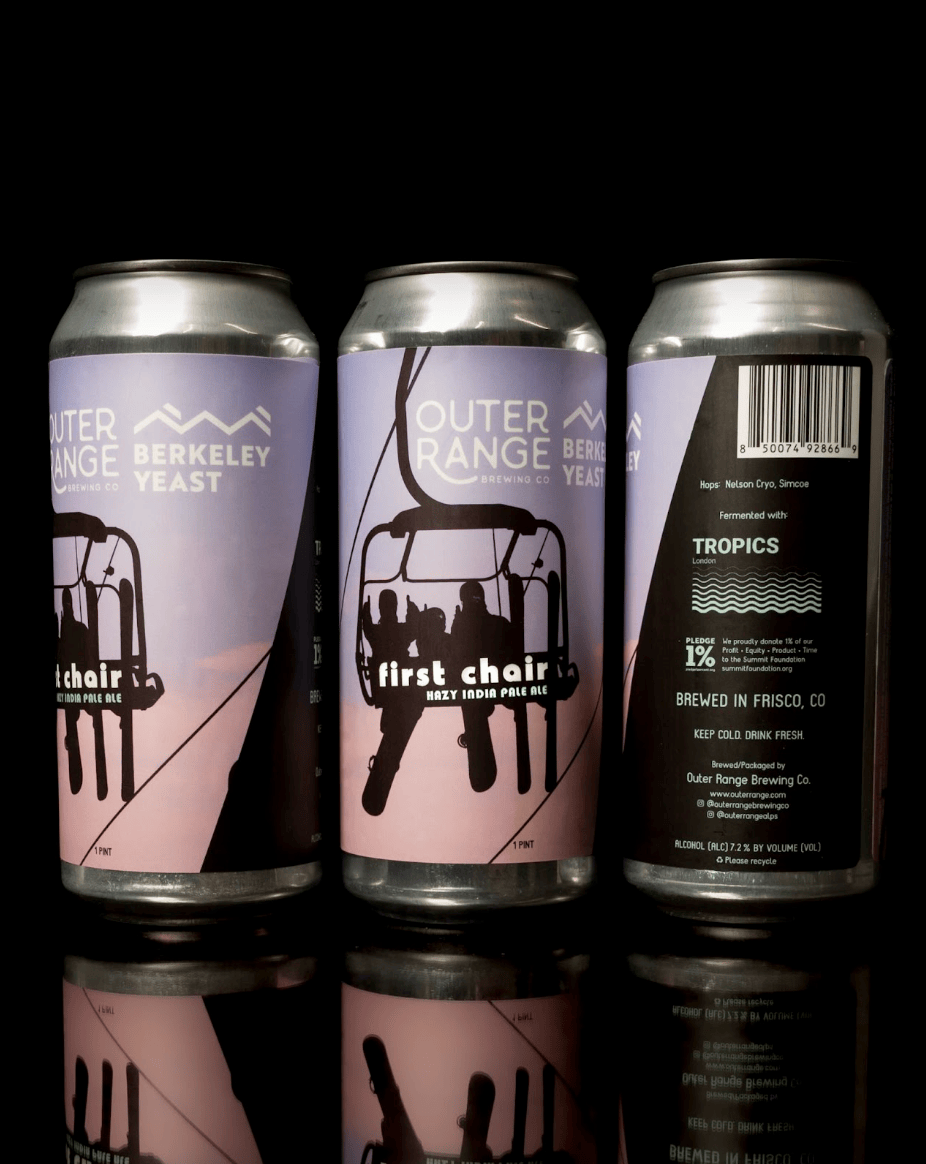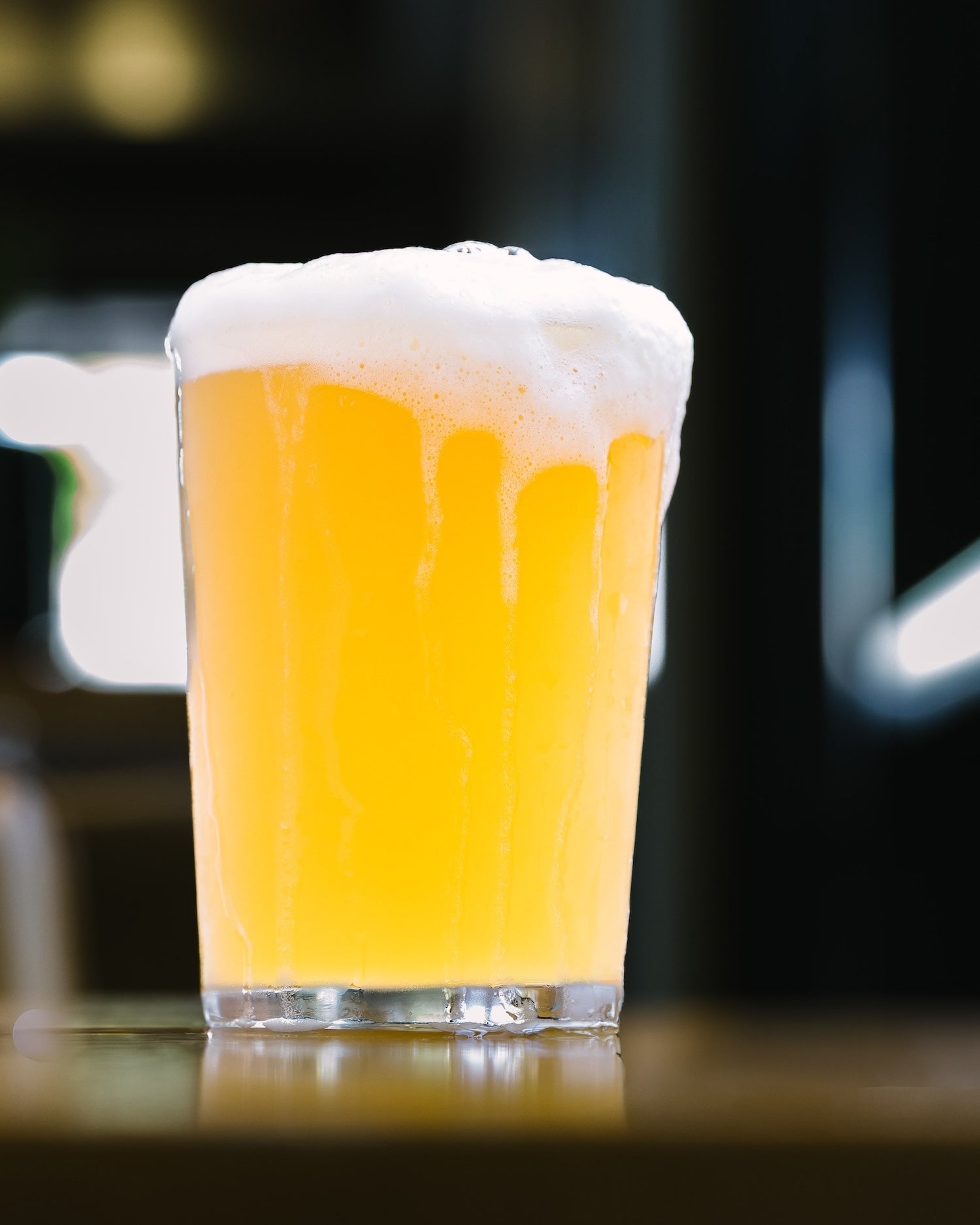For decades, the promise of thiols in brewing has been tantalizing. Research across food, wine, and hops chemistry has shown that just a few molecules can have an outsized impact. Thiols are capable of transforming a beer’s aroma into something explosively tropical–ripe guava, bright passionfruit, and grapefruit.
Brewers chasing these tropical notes have turned to Southern Hemisphere hops, grape-skin products, and yeast-mediated biotransformation. But for all the excitement, the different methods have yielded a mixed bag, and thiols have become a polarizing topic.
For brewers that have focused on thiols, the notion that thiols can come with extra baggage is already strongly intuitive. Some hop crops may be rich in 3MH, one of the thiols that gives a passionfruit its distinct taste, but they may also bring along other notes. Some preparations of grape skins may result in great tropical notes but still leave a hazy IPA tasting more like a wine than a beer, and some yeast strains may deliver a jab of fruit punch but have distracting off-flavors. With all the extra baggage, it can be hard to enjoy the tropical notes that were supposed to be the star of the show.
With everything we know about the flavor chemistry of thiols, these observations make a lot of sense. It’s pretty plain to see that agricultural products like hops and grapes are complex substrates, and even if they are rich in the desirable thiols, there are hundreds of other chemical compounds that will also affect flavor and quality.
Yeast-Mediated Biotransformation

Enhanced thiol production by Tropics™ yeast
Tropics yeast expresses a carbon–sulfur lyase (CSL) enzyme that converts the flavorless thiol precursor cysteine-3MH into the flavor-active thiol 3MH, delivering an impressive amount of tropical fruit character. Compared with wild-type yeast, Tropics produces significantly higher levels of 3MH.
With yeast-mediated biotransformation, a flavorless thiol precursor compound is converted into a flavor-active thiol. Unlike hops or grapes–where weather, terroir, and agricultural variability can dictate what ends up in the fermentor–yeast operates in a controlled environment. The conditions inside a fermentor are far more predictable than the weather on a farm. Temperature, pH, oxygen, and nutrients can all be set and maintained with consistency. Because fermentation conditions can be tightly controlled, yeast serves as a more precise system for thiol production than crops, where environmental variability inevitably shapes chemical and flavor outcomes.
But precision doesn’t mean perfection. Even with a bioengineering approach, two key challenges must be solved before yeast can deliver thiols in a clean, reliable way. The first is simply that standard non-engineered brewer’s yeast exhibits only weak activity for thiol precursor biotransformation. While the potential is there, yeast's normal genetic composition doesn't allow for thiols to hit levels that matter to brewers. This limitation can be overcome by inserting a new gene into brewing yeast that encodes an enzyme with high carbon-sulfur β-lyase (CSL) activity–an enzyme capable of unlocking thiols from their bound precursors with far greater efficiency.
The second challenge is that even when thiol-releasing enzymes are introduced, off-target reactions can generate other compounds with undesirable flavor profiles. Solving this requires more than just plugging in a new gene. A deeper level of precision is needed, and protein engineering is the most effective strategy to refine enzyme activity, eliminate off-flavors, and channel yeast's biochemistry toward exactly the outcomes brewers want.
How We Used Protein Engineering to Make a Better Enzyme

Protein engineering increases substrate selectivity of CSL
(A) Model of the carbon-sulfur lyase (CSL) enzyme expressed by Tropics.
(B) Active site of the native (non-engineered) enzyme accepts a broad range of substrates, including ones that can be transformed to both desirable and off-flavor compounds. The precursor to 3MH, cysteine-3MH, is shown in the center.
(C) Active site of the engineered CSL enzyme in Tropics. A bulky amino acid substitution prevents non-target sulfur compounds from entering the active site so that only desirable flavor precursors such as cysteine-3MH can enter.
(D) Surface representation of the non-engineered enzyme.
(E) Surface representation of the engineered enzyme, showing reduced surface area.
Enzymes transform molecular substrates into new compounds. In the case of thiol-producing enzymes, they convert flavorless precursors into flavor-active thiols. Some of these thiols provide desirable aromas, while others produce off-notes. The flavors depend on the enzyme’s specificity. Broad-acting enzymes accept many substrates and generate a mix of pleasant and unpleasant flavors.
To avoid this, we engineered Tropics™ yeast to express a highly active carbon-sulfur β-lyase (CSL) enzyme, refined through protein engineering. By redesigning its active site, we restricted its surface area, altered its chemical properties, and improved selectivity.
Specifically, the Berkeley Yeast team modified a CSL enzyme from Citrobacter, a common gut microbe. By replacing the histidine at position 463 with phenylalanine–a bulkier, more hydrophobic residue–we reshaped the enzyme's active site. This substitution introduced steric constraints that exclude non-target substrates while favoring desirable precursors like cysteine-3MH. The result is greater efficiency, higher selectivity, and reduced off-flavor production.
Overall, this protein engineering yielded a more precise enzyme, designed to maximize the release of tropical thiols while minimizing the formation of undesirable flavors.
How Protein Engineering Works

Life runs on a simple relay. Genes, composed of DNA, are transcribed into RNA, and RNA is translated into amino acids, the building blocks of proteins (including enzymes). This flow is the central dogma of molecular biology. DNA is the blueprint for making enzymes; when you edit the DNA template, the encoded amino acids can change. Alter the amino-acid sequence and you can change the protein’s structure and activity.
A DNA sequence consists of nucleotides–A, T, C, and G. Cells read those letters three at a time; each triplet is a codon, and each codon corresponds to one of twenty amino acids or a stop signal. Link the amino acids into a chain, then fold that chain into a three-dimensional shape to make a working protein: an enzyme that catalyzes a reaction, a membrane receptor that senses a signal, or a structural protein that helps maintain cellular architecture.
By changing the nucleotides in a codon a different amino acid can be inserted into the protein chain. A single amino acid substitution can shift how the protein folds, how tightly it binds a molecule, how fast it catalyzes a reaction–or it may do nothing at all. Effects are often most pronounced near where the chemistry takes place. Enzymes have an active site, the pocket where substrates bind and are transformed. Adjusting residues in that pocket can change its shape and chemical properties. The result is that substrate affinity (Km) and catalytic turnover (kcat) can change, which affects which molecular products form and how much of each product is formed, respectively.
Choosing which residues to change starts with homology. We search for related proteins, align their sequences, and build structural models from solved crystal structures of close relatives. From those models, we identify potential catalytic amino acids within the substrate-binding pocket that may be important for the enzyme's catalytic activity. Software then helps predict how specific substitutions might shift local geometry, charge, and chemical dynamics. Guided by these predictions, we build small panels of enzyme variants and test them–either in vitro with purified proteins and defined substrates, or in yeast by expressing variants and measuring biochemical outputs from whole-cell extracts using mass spectrometry.
At Berkeley Yeast, we use protein engineering to make better enzymes that produce more of the flavors that brewers want and less of the ones that they don't want. The method functions like a precision scalpel for refining traits that improve beer quality and flavor.
With Tropics, protein engineering has transformed thiol production. The promise of thiols can now be delivered without any extra baggage.
